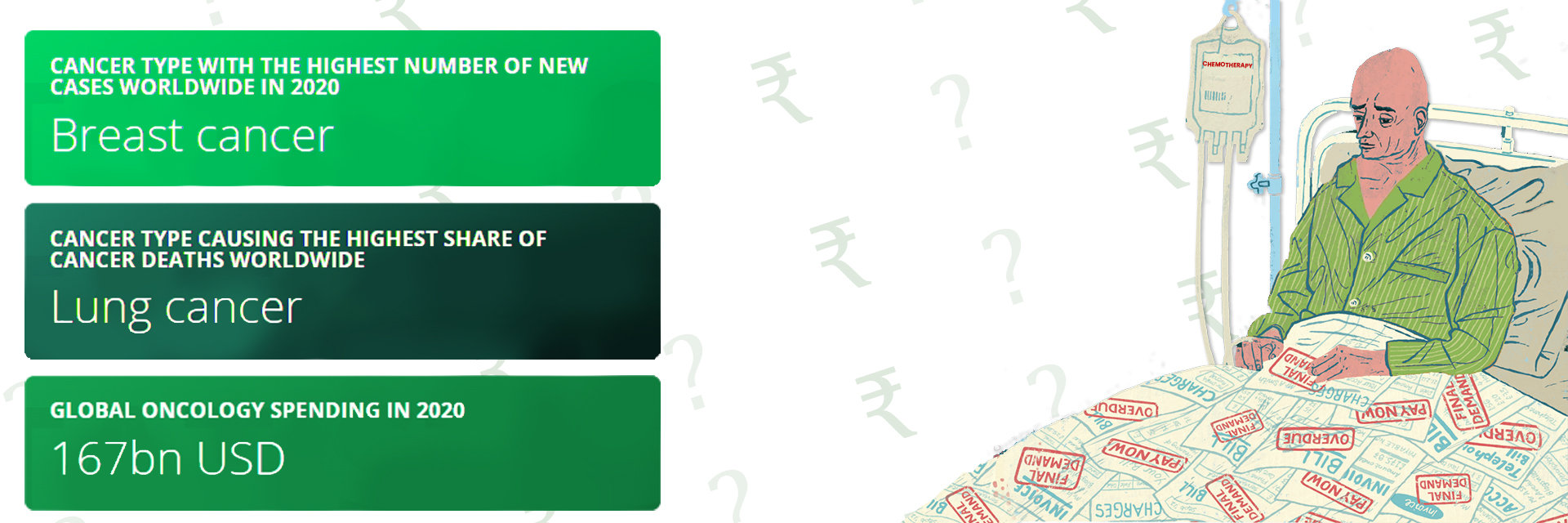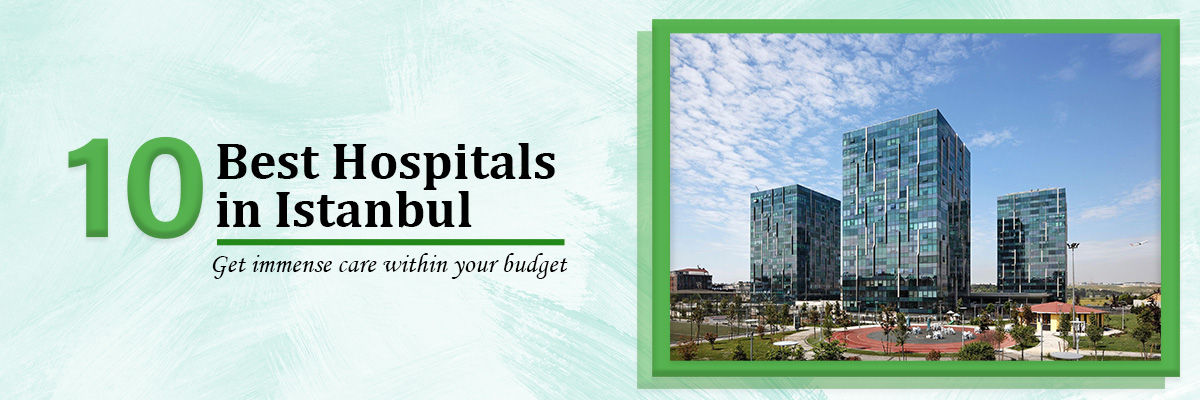Bone marrow transplant or is a complex and niche procedure. From the initial diagnosis to the recovery and departure it takes a long duration. Also, it is a daunting task to prepare to stay for a long period of time in a foreign country. There are many government and personal steps you will have to follow to get here.
To make your journey easy in this traumatic period, follow these simple guidelines for reference to get bone marrow transplant in India:
1. Initial consultation:
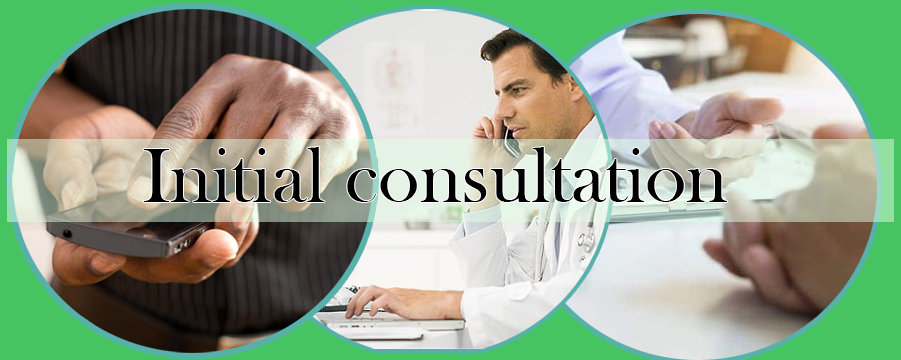
Once it is confirmed that you require a bone marrow transplant you need to start your preparation.
You will require a medical visa to travel to India for which you will have to prepare your medical and other relevant documents. One can also take help from medical tourism companies in India.
Also, you need to have a donor ready for the transplant and documents to show compatibility for the same.
Once that is done you can start the procedure to acquire your medical visa.
For that, you will need to include confirmation of the case, relevant documents of the donor as well as the compatibility test.
2. Preparation:
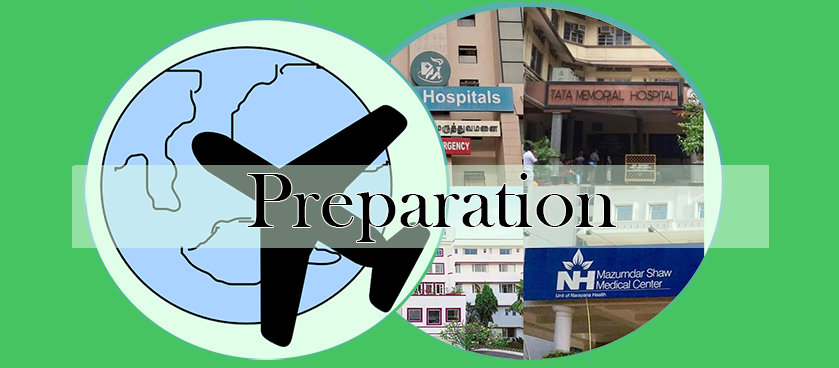
Here, you’ll have to select the best hospital in India before you go for the treatment.
While traveling to India you will have to be accompanied by your donor as well as your companion.
Once you reach India, you will have to stay in your own accommodation while tests and consultations take place.
The oncologist in India will guide you on how to prepare yourself for the actual bone marrow transplant.
3. Conditioning:
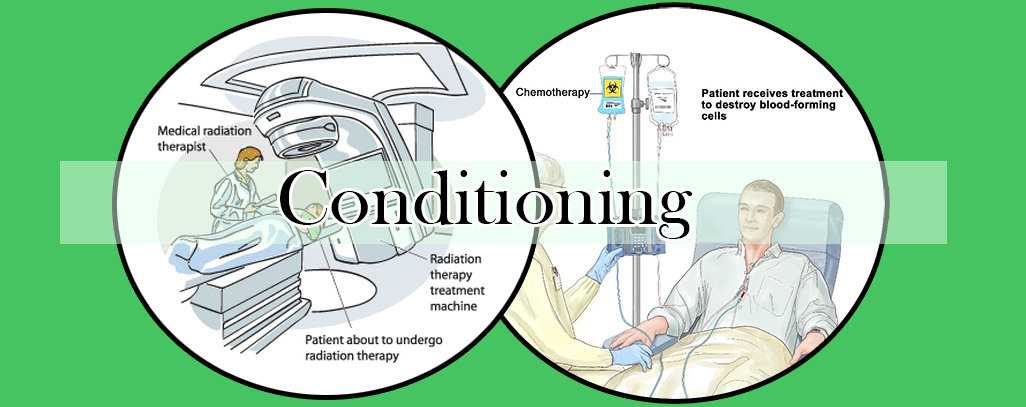
In this stage, you will begin with your initial conditioning regime.
You’ll receive required doses of chemotherapy or total body irradiation or both in order to destroy all the damaged bone marrow and cancer cells.
This will make your immune system weak and more susceptible to infections. Also, you may suffer from other side effects such as fatigue, hair fall, nausea, etc.
4. Transplant:
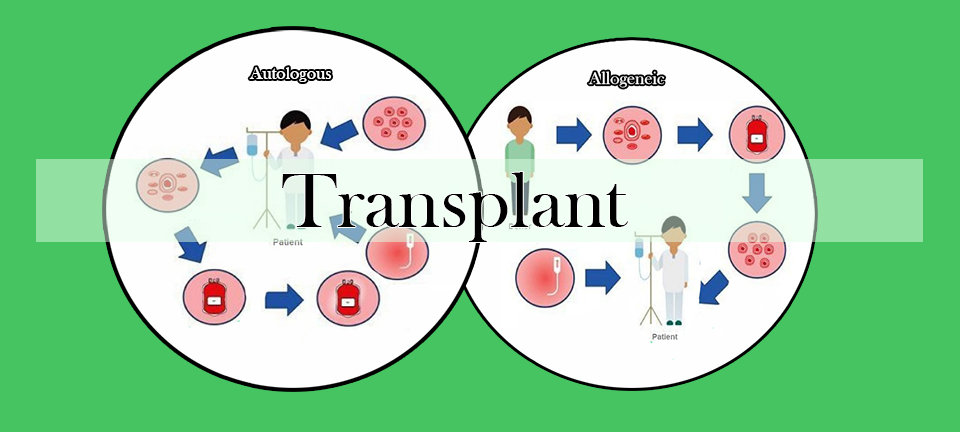
After the conditioning you will go through the actual bone marrow transplant as recommended by your doctor:
In this form of transplant, your bone marrow is replaced with new and healthy bone marrow from another person (donor).
Much like a blood transfusion, you’ll receive the donated stem cells directly through your veins and this procedure takes about an hour.
After entering the bloodstream, the stem cells travel to the bone marrow and begin to produce new stem cells in a process known as engraftment. The transplant restores the supply of normal cells that have been destroyed by intensive therapies.
In this transplant, your own bone marrow is used.
So, prior to giving larger doses of chemotherapy or radiation your own bone marrow/stem cells are removed so it can be used after the therapies to be re-transplanted.
You will be tested to make sure that you are the best candidate for the procedure after a few tests. This is only possible if the patient has healthy bone marrow in other parts of their body that have not been affected by the disease, weak immune system, and overall health.
The Stem cells will either be taken through mobilization which involves the collection of stem cells from the peripheral blood.
If this procedure does not deliver enough stem cells then it is extracted directly from your bone marrow.
5. Engraftment:
This is the most crucial period as the stem cells you’ve received are growing and developing and your bone marrow, as well as your immune system, are beginning to recover.
This is a period when your immunity is at zero levels and you are more susceptible to infections, diseases, GVHD (Graft versus host disease), etc. You will be under constant supervision to prevent any complications due to the insertion of foreign cells and low immunity as your body is accepting them.
6. Recovering after engraftment:
Recovery after engraftment can be a span of one to three months. According to your recovery, the period might extend to 6 months also. Even though your stem cells are present and developing the engraftment period will take a long period of time to show actual results.
Your recovery depends on your health condition since your immunity is low due to your engraftment. During this period, it is very important to look after your personal health, hygiene, and you might have to stay back if the doctor suggests so.
After your discharge, you will have to visit the hospital at least on a weekly basis for your check-up. It usually includes blood tests and other tests necessary to keep a tab on your progress. For long-term recovery, you will need to have support from your doctor for a very long time.
Frequently Asked Questions
1. Is CAR T-cell treatment same as the bone marrow transplantation?
No. Immunotherapy is a form of chimeric antigen receptor (CAR) T-cell treatment. It fights cancer by using your immune cells (which have been taken, changed, and reintroduced into your body).CAR T-cell therapy takes its name from the fact that it modifies your body's T cells (part of your immune system) to destroy cancer cells. Adults with some severe lymphomas and children with acute lymphoblastic leukaemia (blood cancer) are now treated with CAR T-cell therapy.
2. Will donating bone marrow going to make me weak?
The amount of marrow donated will have no effect on your own body or immune system. The average quantity of marrow and blood donated is one quart, which is reduced if the patient is a newborn or kid. This represents only a small portion of your overall marrow. Most donors are able to resume their normal activities within a few days, and your marrow will spontaneously replenish itself within four to six weeks.



